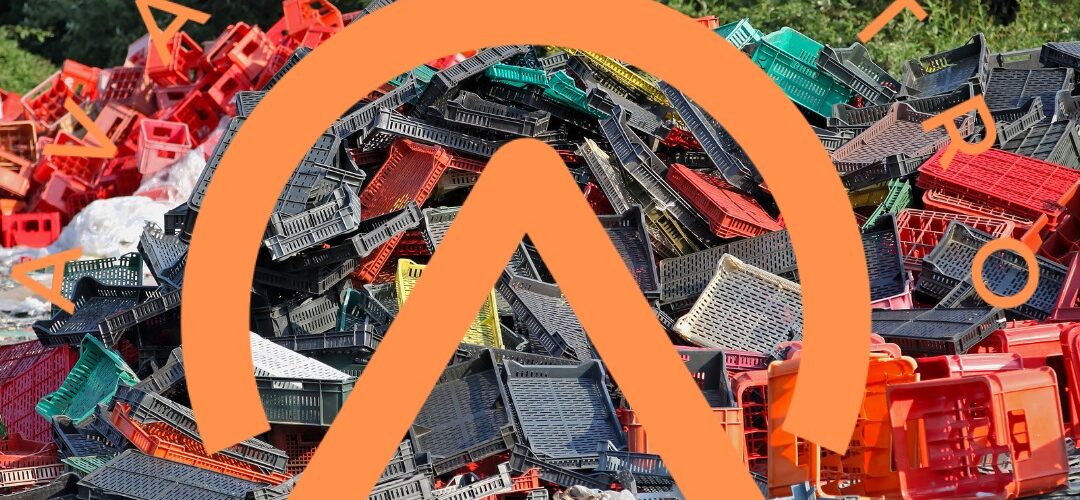Understanding Plastic Scrap: An In-depth Exploration
Plastic scrap, a ubiquitous term in today’s waste management discourse, encapsulates the diverse array of discarded plastic materials. From household items to industrial leftovers, plastic scrap constitutes a significant portion of global waste. In this comprehensive guide, we delve deep into the nuances of plastic scrap, its types, environmental impacts, recycling processes, and the imperative need for sustainable solutions.
Defining Plastic Scrap
Plastic scrap refers to any discarded plastic material, encompassing various forms such as bottles, containers, packaging, and manufacturing remnants. These materials, no longer serving their original purpose, undergo disposal or recycling processes based on their composition and usability.
Types of Plastic Scrap
The classification of plastic scrap primarily revolves around resin identification codes, a standardized system for categorizing different types of plastics. Common categories include:
PETE (Polyethylene Terephthalate)
PETE, identified by resin code #1, constitutes plastic bottles for beverages, food jars, and synthetic fibers. Its widespread usage contributes significantly to plastic scrap generation, emphasizing the need for efficient recycling programs.
HDPE (High-Density Polyethylene)
HDPE, bearing resin code #2, finds applications in various products like milk jugs, detergent bottles, and plastic bags. Its durability and resistance make it a prominent contributor to the plastic scrap landscape.
PVC (Polyvinyl Chloride)
PVC, marked with resin code #3, serves diverse purposes including pipes, window frames, and flooring materials. Despite its versatility, PVC poses challenges in recycling due to its toxic components.
LDPE (Low-Density Polyethylene)
LDPE, identified by resin code #4, features in plastic bags, shrink wraps, and squeeze bottles. Its flexibility and lightweight nature add to the complexity of managing LDPE-based plastic scrap.
PP (Polypropylene)
PP, characterized by resin code #5, appears in food containers, packaging materials, and automotive parts. The recyclability of PP contributes to mitigating plastic scrap accumulation.
PS (Polystyrene)
PS, denoted by resin code #6, manifests in disposable cups, food containers, and packaging foam. Its lightweight nature presents challenges in effective recycling practices.
Other Plastics
Beyond the aforementioned categories, various other plastics, denoted by resin codes #7 or as unmarked plastics, constitute a heterogeneous mix contributing to plastic scrap accumulation.
Environmental Impacts of Plastic Scrap
The proliferation of plastic scrap poses grave environmental challenges, including:
Pollution: Improper disposal of plastic scrap leads to pollution of water bodies, soil, and air, endangering ecosystems and wildlife.
Microplastic Contamination: Degradation of plastic scrap into microplastics infiltrates terrestrial and aquatic environments, posing health risks to organisms and humans.
Resource Depletion: The production of virgin plastics necessitates substantial fossil fuel consumption, exacerbating resource depletion and climate change.
Recycling Plastic Scrap: A Sustainable Approach
Plastic recycling emerges as a pivotal strategy in mitigating the adverse effects of plastic scrap. Key steps in the recycling process include:
1. Collection: Gathering plastic scrap from various sources, including households, businesses, and industries.
2. Sorting: Segregating plastic materials based on resin types to streamline recycling procedures.
3. Cleaning: Removing contaminants and impurities to enhance the quality of recycled plastics.
4. Shredding: Breaking down plastic scrap into smaller particles to facilitate melting and molding processes.
5. Melting and Pelletizing: Heating shredded plastic to form molten resin, which is then cooled and pelletized for subsequent manufacturing applications.
Sustainable Solutions for Plastic Scrap Management
Addressing the challenges posed by plastic scrap necessitates a multifaceted approach:
Public Awareness: Educating communities about responsible plastic usage, recycling practices, and the environmental repercussions of plastic scrap accumulation.
Policy Interventions: Implementing regulations and incentives to promote plastic recycling, reduce single-use plastics, and encourage the use of biodegradable alternatives.
Technological Innovations: Investing in research and development to enhance recycling technologies, improve material recovery rates, and innovate sustainable packaging solutions.
Conclusion
In conclusion, plastic scrap represents a critical environmental concern necessitating concerted efforts towards sustainable management practices. By understanding the intricacies of plastic scrap, advocating for recycling initiatives, and embracing innovative solutions, we can mitigate the detrimental impacts of plastic waste on our planet’s ecosystems and future generations.
Written by Emir Narin

